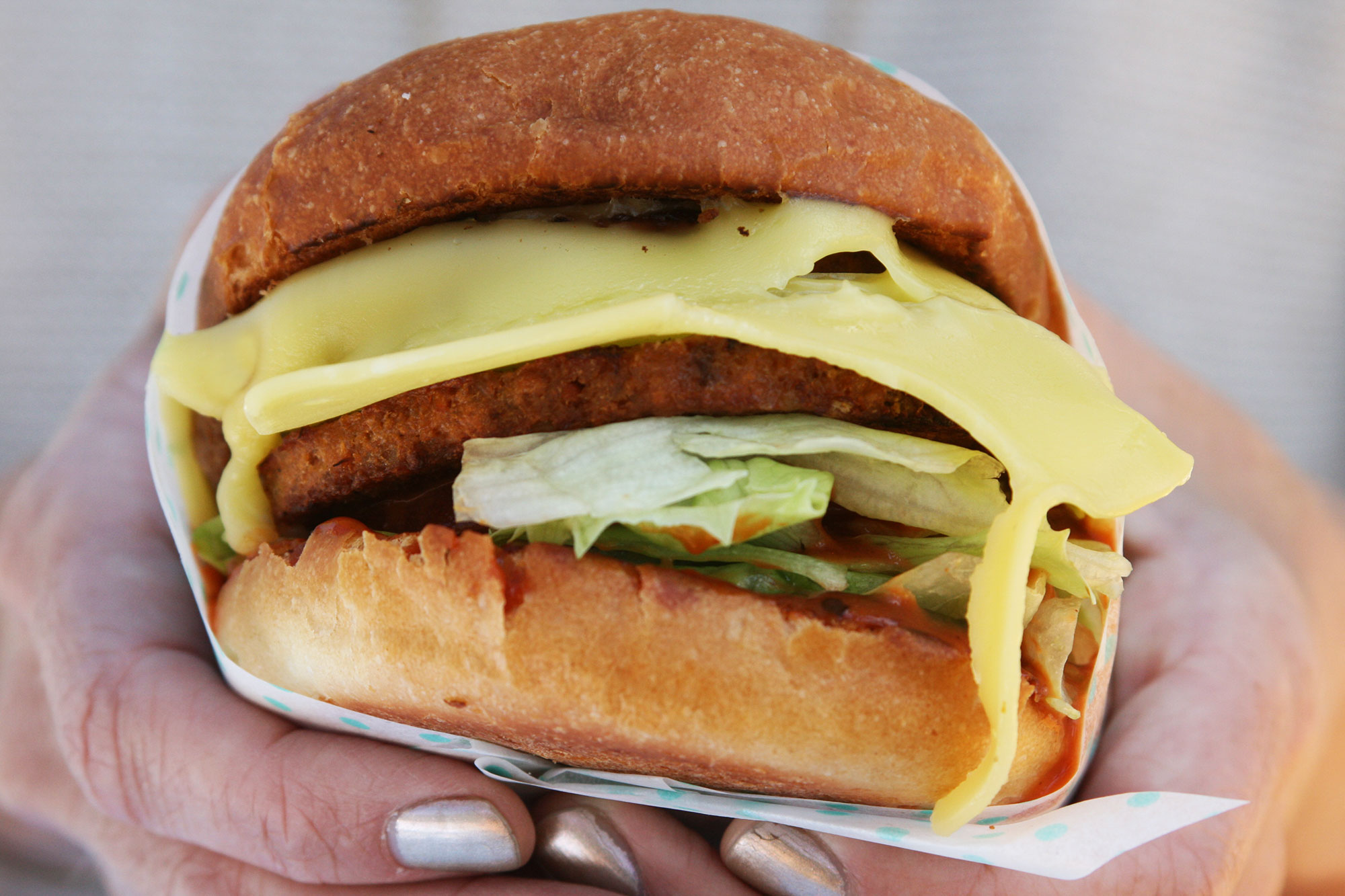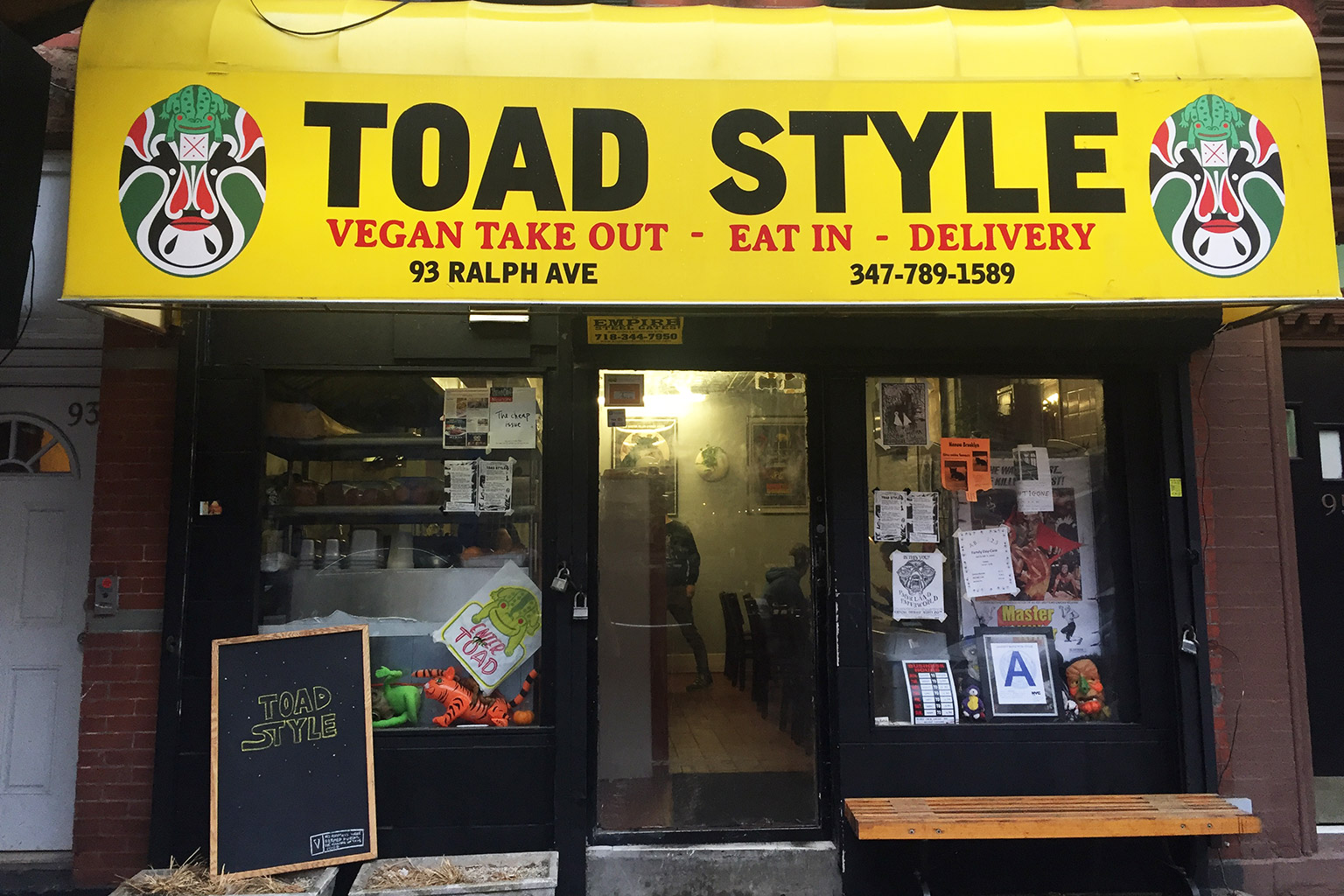Two items of produce are at the peak of their growing season locally right now.
Okay, that’s not true—this is Southern California in April; like, a million things are at peak season right now. But for the purposes of this piece, we’re focusing on two of the one million—snap peas and green garlic.
Both vegetables have been at our favorite farmers’ market stands for the past month or so, but they’re each hitting their respective sweet spots just now. The former, snap peas (AKA sugar snap peas), usually have a pretty long growing season, but they’ve been especially delectable of late, hitting the pinnacle of their distinct earthy sweetness.
Green garlic—which is essentially just young garlic that retains its leafy green tops—by comparison, has a relatively short season before it becomes…well, garlic. As with other early harvest crops (think baby arugula), the taste is less pungent or spicy than it would be in its more mature form; which, in the case of garlic, creates a great opportunity for using it raw. And what better use for raw garlic than homemade pesto.
Your traditional pesto—or pesto alla genovese—at its most basic, consists of garlic, pine nuts, fresh basil leaves, coarse salt, Parmesan, pecorino, and olive oil, all ideally of the highest quality given that, essentially, you’re just blending everything up and serving it as is, so ingredients drive the taste.
In the case of this seasonal dairy-free variant, we’re using the brighter, less aggressive green garlic, obviously, subbing in the earthy sweetness of the snap peas for the distinct anise-esque basil taste, keeping the coarse salt + olive oil, using a vegan Parmesan, and then using pistachios instead of pine nuts, which retain the rich, fatty nut flavor, but give the pesto a slightly more buttery taste and fewer piney notes. Plus it makes the pesto that much more green in color.
For the pasta, we’ve talked through this before on these pages (specifically, here), but we’re huge fans of making fresh, vegan pasta at home—despite what you may think, it’s really easy once you get the hang of it and so beyond amazing in taste. Plus it’s just three ingredients—white flour, vegan egg replacement, and a dash of salt. That’s it. In the page referenced above, we grind flax seed and use that as an egg replacer and binder, but it’s since got even easier with Follow Your Heart’s Vegan Egg. When we’re making pasta for two, we essentially just measure out a half cup of flour, make the equivalent of one egg (2 TBSP + 1/2 cup of cold water), add a dash of salt, mix well, and then add flour as needed until the dough forms a ball that’s not too sticky. That’s it. Then we let it rest for a half hour and roll it out, adding more flour if it sticks to the rolling pin and keeping in mind that the more we roll it or knead the dough ball, the more the gluten activates and creates a nice, well-bound pasta dough. Then we cut as we like and boil til it floats. Again, the more you do it, the easier it gets and the more it’s second nature. And The Kitchen has a good post that walks you through the particulars too if you need more details. But you can also totally use any store-bought pasta with this recipe.
For the pesto though, here’s what you need:
Serves two, with a decent amount left over most likely
green garlic, one stalk
snap peas, 2 cups
in-shell pistachios, 1 cup (or equivalent shelled)
grated vegan Parmesan, 6 tbsp (we like Follow Your Heart’s or this nice homemade one from Minimalist Baker)
coarse sea salt, 2 dashes
extra virgin olive oil, 3 tbsp
First, trim the tips of the green leaves of the garlic and discard anything brown/tan or overly leathery and dry—you only want to use the supple green parts of the leaves and then the inside of the forming bulb, none of its bitter, fibrous matter; cut into 1″ pieces or so and set aside. Next, shell the pistachios, removing as much of the papery brown skins inside as you can without going crazy and using only the green meat. Now throw both ingredients into a decent blender along with your salt and vegan Parmesan and pulse until you have a nice, consistently coarse powder.
Now, trim the tips from the snap peas and cut into 1″ chunks. If you want to get really into it, you can also remove the stringy membranes from the peas too, but it’s not totally necessary as you’ll be blending this too in exactly one second. Throw those into the blender (see?) along with the olive oil and blend well, until you have a nice, well-mixed but still somewhat coarse pesto sauce. If you’re using it right away, great, do it; if not, refrigerate immediately so you keep as much of the fresh green look as you can.
To finish, we like to top with a few basil leaves and throw a little bit of Follow Your Heart’s other Parmesan on top, but, again, totally not necessary. What is necessary—fresh ingredients; so get to your local farmers market and give this a try (NYC/East Coast friends—give it a couple monthds, maybe).



